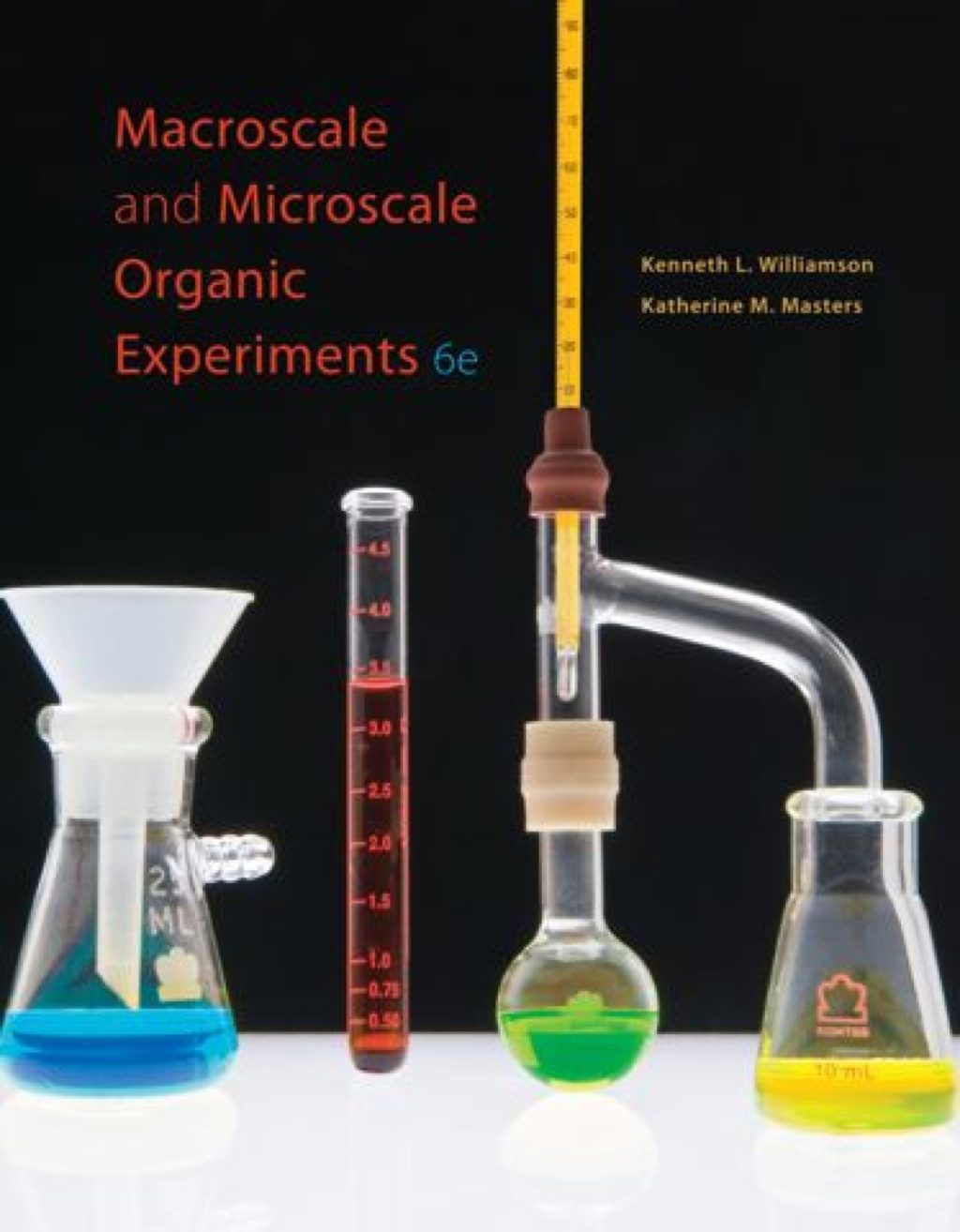Robert Allen Meyers (Editor)9780122274107
The new 18-volume edition of the Encyclopedia of Physical Science and Technology, 3E, will have the added feature of an Index Volume, containing abstracts of all of the articles in the encyclopedia.
The latest edition of the Encyclopedia of Physical Science and Technology:
Has been completely updated with no less than 90% revised material and 50% new content throughout the volumes
Presents eighteen volumes, nearly 800 authoritative articles and 14,500 pages
Is lavishly illustrated with over 7,000 photographs, illustrations and tables
Presents an increased emphasis on the hottest topics such as information processing, environmental science, biotechnology and biomedicine
Includes a final Index Volume containing Thematic, Relational and Subject indexes
Table of contents :
Glossary……Page 1
The Source……Page 2
Uses of the Models……Page 3
Adiabatic Lapse Rate and Potential Temperature……Page 4
Turner’s Stability Classification……Page 5
Unstable Conditions……Page 7
Unstable and Stable Air……Page 8
Gaussian Plume Model for Continuous Sources……Page 9
Taylor’s Theorem……Page 10
Some Approximations……Page 11
The Accuracy of the Gaussian Plume Model……Page 12
Diffusion Coefficients……Page 13
The Effects of Density Differences on Atmospheric Diffusion……Page 14
Plume Rise Formulas……Page 16
Instantaneous Puff or Dispersion Model……Page 17
Elevated Dense Gas Releases……Page 18
Long Time Period Averaged Concentration……Page 19
Plume Trapping……Page 20
Designing a Chimney to Limit Ground-Level Concentrations……Page 21
Stable—Fanning Plume……Page 22
To Prevent Building Downwash……Page 23
The New Models……Page 24
Forced Convection Part of the Surface Layer……Page 25
References……Page 26
Glossary……Page 28
Introduction……Page 29
Atmospheric Turbulence and Mean Motions……Page 30
Turbulent Kinetic Energy……Page 31
Turbulence in the Atmospheric Surface Layer……Page 32
Turbulence in the Atmospheric Boundary Layer……Page 33
Spectrum of Atmospheric Turbulence……Page 37
Atmospheric Turbulence and Modeling……Page 38
Turbulent Dispersion of Air Pollutants……Page 39
References……Page 40
Glossary……Page 41
Auroral Zone……Page 42
Discrete Form……Page 43
Visible, EUV, UV, and IR Emissions……Page 44
Dynamics of the Aurora and Auroral Substorms……Page 45
Solar Wind–Magnetosphere Generator……Page 47
Auroral Discharge Circuit……Page 48
Solar Activities and the Aurora……Page 49
Coronal Holes and Auroral Activity……Page 50
References……Page 51
Glossary……Page 52
Background……Page 53
The Atmospheric Carbon Cycle……Page 54
The Terrestrial Carbon Cycle……Page 55
The Oceanic Carbon Cycle……Page 58
The Geologic Carbon Cycle……Page 59
Unraveling the Contemporary Carbon Budget……Page 60
Interannual Variability of the Contemporary Carbon Cycle……Page 62
Climate Interactions……Page 63
References……Page 64
Glossary……Page 65
Subdisciplines of Climatology……Page 66
Solar Source……Page 68
Energy Budget……Page 69
Regional Climatology……Page 70
Microclimatology……Page 73
Climate and General-Circulation Models……Page 74
Past Climates……Page 75
Future Climates……Page 76
References……Page 77
Glossary……Page 78
Water Vapor in the Atmosphere……Page 79
Formation of Cloud Droplets……Page 80
Growth through Droplet Collisions……Page 82
Observations of Droplets……Page 83
Ice Nuclei and Primary Ice Crystals……Page 84
Observations of the Growth Mechanisms of ICE Particles……Page 85
Physics of the Growth of Ice Particles……Page 86
Growth of Ice Crystals by Diffusion……Page 87
Growth by Droplet Collection (Accretion)……Page 89
Summary of In-Cloud Measurements……Page 90
Effects of Clouds on Climate……Page 91
Cloud Seeding……Page 92
Concluding Remarks……Page 93
References……Page 94
Glossary……Page 95
Sea-Breeze Front……Page 96
Cyclogenesis……Page 97
Fog and Stratiform Clouds……Page 98
Land and Sea Breezes……Page 99
Low-Level Jets……Page 102
Offshore-Directed Winds over the Gulf of Alaska……Page 103
Mechanical Internal Boundary Layer……Page 105
Stable Internal Boundary Layer……Page 106
Wind–Wave Interaction……Page 107
Hurricanes……Page 108
References……Page 112
Glossary……Page 114
Greenhouse Effect and Climate Change……Page 115
Marine……Page 116
Hemispheric and Global Time Series……Page 117
Accuracy of the Hemispheric and Global Series……Page 118
Patterns of Recent Change……Page 119
Daily Temperature Extremes in Long European Series……Page 122
The Last 150 Years in the Context of the Last 1000 Years……Page 124
Longer-Term Series……Page 130
Changes in Daily Extremes……Page 131
Climate Change Detection and Attribution……Page 132
References……Page 133
Glossary……Page 134
Historical Background and Simple Models……Page 135
General Circulation Model Description and Experimental Procedure……Page 136
Experiments with Idealized Geography……Page 137
Experiments with Realistic Geography……Page 142
Comparison with Other Modeling Groups……Page 148
Coupled Air-Sea Models……Page 149
Committed Warming……Page 151
Summary……Page 153
Appendix: Illustration of Gcm Procedure……Page 154
References……Page 155
Properties of the Atmosphere……Page 156
Scattering……Page 158
Turbulence……Page 160
Modulation Transfer Function……Page 161
Long-Exposure and Short-Exposure MTFs……Page 162
Environmental Factors on Turbulence……Page 163
Variation with Altitude……Page 164
MCF……Page 165
Wavelength dependence……Page 166
Overall Resolution Through the Atmosphere……Page 167
MTF……Page 168
Techniques to Correct for Atmospheric Blur……Page 170
References……Page 172
Glossary……Page 174
Ionospheric Environment……Page 175
Photochemistry……Page 176
Plasma Diffusion……Page 178
Thermal Structure……Page 179
The Low- and Midlatitude Ionosphere……Page 180
The High-Latitude Ionosphere……Page 182
Venus……Page 184
Titan……Page 186
References……Page 187
Glossary……Page 189
Grid-Volume Averaging……Page 190
Subgrid-Scale Fluxes……Page 191
Parametrizations of the Phase Change of Water……Page 192
Solution Techniques……Page 193
Examples of Models……Page 194
References……Page 195
Glossary……Page 196
Introduction……Page 197
Infrared Cooling……Page 198
Net Thermal Drive and Temperature Structure……Page 199
Circulation Systems……Page 201
The Extratropical Circulation……Page 202
The Tropical Circulation……Page 205
The Zonal Mean Circulation……Page 207
The Extratropical Mean Meridional Circulation……Page 209
Sudden Stratospheric Warmings……Page 210
The Tropical Oscillations……Page 211
Waves in the Stratosphere……Page 213
Rossby Waves……Page 214
Rossby Normal Modes……Page 215
Wave Dissipation……Page 216
Transport of Minor Species……Page 217
Current Research……Page 218
See also the Following Articles……Page 219
References……Page 220
Glossary……Page 221
Atmospheric Variables……Page 222
Gravitational Force……Page 223
Apparent Forces: Centrifugal and Coriolis……Page 224
Potential Temperature……Page 225
Effective Gravity……Page 226
Generalized Vertical Coordinates……Page 227
Basic Aspects of Vorticity……Page 228
Vorticity Equations……Page 229
Ertel Potential Vorticity……Page 230
Scale Analysis……Page 231
The Hydrostatic Approximation and the Thermal Wind……Page 232
Gradient Wind……Page 233
Geometric Simplifications and Quasi-Geostrophic Theory……Page 234
Linearization……Page 235
Shallow-Water Equations……Page 236
Atmospheric Waves……Page 237
Buoyancy or Gravity Waves……Page 238
Effects of Rotation: Inertia–Gravity Waves and Rossby Waves……Page 239
Tropical Waves……Page 241
Static Instabilities……Page 242
Inertial instabilities…….Page 244
Barotropic and baroclinic instability…….Page 245
Tendency Equation……Page 246
Omega Equation……Page 247
Eliassen–Palm Flux……Page 248
The General Circulation and Atmospheric Energetics……Page 249
References……Page 251
Glosssary……Page 252
NH3/NH+4……Page 253
Organic Nitrogen and Aerosol Nitrogen Compounds……Page 254
Natural and Anthropogenic Fluxes of Key Constituents……Page 255
Concentrations of Major Constituents in the Modern-Day Atmosphere……Page 256
Photochemistry and Smog……Page 257
N2O, Tropospheric O3, and N Fertilization……Page 258
Stratospheric Chemistry……Page 259
References……Page 260
Introduction to the Nitrogen Cycle……Page 262
Reservoirs and Fluxes of the Biological Nitrogen Cycle……Page 264
Fixation of Atmospheric N2……Page 265
Mineralization of Nitrogen……Page 266
Nitrification and Denitrification……Page 267
References……Page 268
Glossary……Page 270
Introduction……Page 271
Ozone Production in the Troposphere……Page 272
The Tropospheric Ozone Cycle and Ozone Distribution……Page 274
Tropospheric Ozone Measurements……Page 277
UV-Absorption……Page 278
Measurements by the KI-Method……Page 279
Open Path UV-Absorption Spectrophotometry (including DOAS)……Page 280
Trend Determination……Page 282
Trends in Urban Plumes……Page 284
Trends in Urban and Suburban Areas……Page 285
Trends in Rural and Remote European Sites……Page 286
Surface Ozone Trends in Asia……Page 288
Ozone Trends in the Free Troposphere……Page 289
Summary and Conclusions……Page 290
See also the Following Articles……Page 291
References……Page 292
Glossary……Page 293
Introduction……Page 294
Sources of Atmospheric Radiation……Page 295
Atmospheric Vertical Structure……Page 296
Absorption, Scattering, and Extinction by Molecules and Particles……Page 297
Longwave Absorption and Emission by the Surface and the Atmosphere……Page 298
Plane Parallel or Slab Geometry……Page 299
Radiative Equlibrium……Page 300
Radiative-Convective Equilibrium……Page 302
Conclusion……Page 303
References……Page 304
Glossary……Page 305
Introduction……Page 306
Solar Processes: The Source for Sun–Earth Couplings……Page 307
Interplanetary Medium: The Mechanism for Sun–Earth Plasma Couplings……Page 308
Overall Morphology……Page 310
Plasma Processes……Page 312
The Sun–Earth Connection: Implications for Human Activity……Page 313
References……Page 316
Glossary……Page 317
Classical Global Electrical Circuit……Page 318
Thunderstorm Generator……Page 319
Fair-Weather Field……Page 322
Coupling With Ionospheric, Magnetospheric, and Solar Effects……Page 323
Recent Developments……Page 325
References……Page 327
Glossary……Page 328
Severe-Thunderstorm Reports……Page 329
Geographical Distribution……Page 330
Buoyant Instability of the Atmosphere……Page 331
Environmental Wind Profile……Page 333
Single-Cell Thunderstorms……Page 334
Multicell Thunderstorms……Page 335
Supercell Thunderstorms……Page 337
Other Configurations……Page 340
Severe-Thunderstorm Forecasts and Warnings……Page 341
References……Page 342
Glossary……Page 343
The Troposphere as a Chemical Reactor……Page 344
Hydrocarbons……Page 345
Nitric Oxide and Nitrogen Dioxide……Page 347
Photochemical Processes……Page 348
The Oxidation of Methane……Page 350
Alkanes……Page 351
Alkenes……Page 352
Aldehydes and Ketones……Page 353
Ozone……Page 354
Nitrogen Oxide Chemistry……Page 355
The Oxidation of Sulfur Compounds……Page 357
Aerosols and Clouds……Page 358
Size Distributions……Page 359
Chemical Composition of the Aerosol……Page 360
Basic Chemistry in Clouds……Page 361
Oxidation of Sulfur Dioxide in Clouds……Page 363
References……Page 364
Glossary……Page 365
History……Page 366
Equations of Motion and Mass Continuity……Page 367
Time Extrapolation……Page 368
Atmospheric Modeling……Page 369
Solar and Terrestrial Radiation……Page 370
Role of Water Vapor and Clouds……Page 371
Soil Moisture, Ground Hydrology, and Vegetation……Page 372
Subgrid-Scale Processes……Page 373
Time Differencing Schemes……Page 374
Finite-Difference Method……Page 375
Semi-Lagrangian Method……Page 376
Special Problems in Atmospheric Modeling……Page 377
Observing Systems and Data Collections……Page 378
Concept of Initialization……Page 381
Variational Data Assimilation……Page 383
Predictability of the Atmosphere……Page 384
Prediction of Forecast Reliability……Page 386
Seasonal Prediction and Ocean–Atmosphere Coupled Modeling……Page 388
Severe-Storm Forecasts……Page 389
Computational Issues……Page 390
Utilization of Forecast Products……Page 392
Future Opportunities……Page 393
References……Page 395







Reviews
There are no reviews yet.